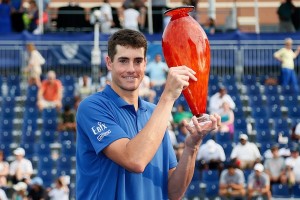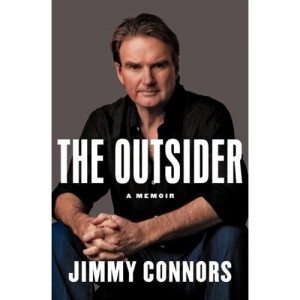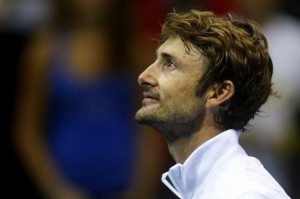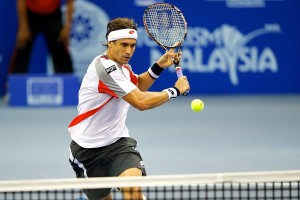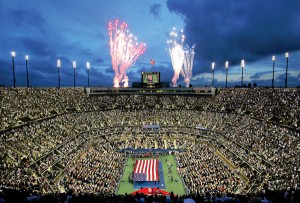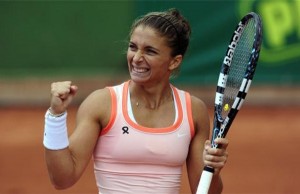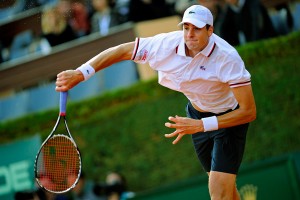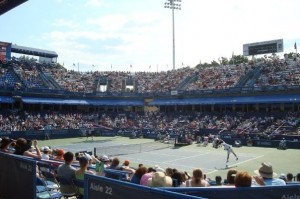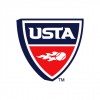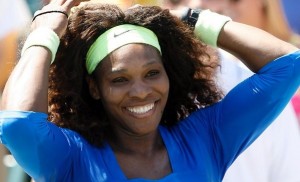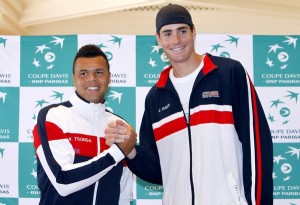By Jane Voigt, Special for World Tennis Magazine
Washington D.C. (July 28, 2013) Politicians, lawyers, and journalists make up a large percentage of the working population in Washington D.C.
Yet little known to those that peer inside the capital beltway is the celebrity of tennis here.
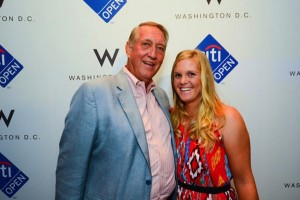
Citi Open, formerly called The Legg Mason Tennis Classic and now branded with the clout of Citibank, is the creation of Donald Dell a Bethesda, Maryland, native and area lawyer.
Attorney Dell grew out of his law firm a strategic sports marketing and management company — SFX — that partnered with the Washington Tennis & Education Foundation (WT&EF) to establish the annual tournament. Since then Dell’s footprint on the sport has become indelible, inside the beltway and internationally.
Dell inched toward the management of tennis players through SFX after his success as captain of the winning 1968 U. S. Davis Cup Team. He used his business connections in and around D. C. plus his friendship with Arthur Ashe — a Richmond, Vir., native and member of that Davis Cup Team — to underwrite the first tournament for professional tennis players one year after the Open Era began in 1968. It was called The Washington Star International, and named after the daily evening newspaper.
He also played on tour, help create the ATP Tour, ran the ATP Tour, and remains the founder and co-chairman of Citi Open.
The WT&EF continues its role to “improve the life prospects of low-income, underserved children and youth in the District of Columbia through athletic and academic enrichment,” writes its web site. Its mission satisfied Ashe’s imperative that the tournament be located in an area of D. C. that was inclusive of a broad range of races and ethnicities. Ashe had had his share of discrimination, during his tennis career, and wanted the practice stopped. The game was for everyone.
In addition to Dell’s continued work at Citi Open, his voice can be heard during the U. S. Open as he calls matches. HIs insight may not be predicated on up-to-the-second Twitter news, yet his vast experience lends an angle to his comments that make listeners pay attention.
Another lawyer that soared to the top of his profession to become a Supreme Court Justice is John Paul Stevens. Originally from Chicago, the now-retired Justice learned tennis from his older brothers at their parents’ summer home in Michigan.
His first racquet was a Wilson, or so he recalled in an interview. “It had gut in it,” he added emphatically.
Justice Stevens played on the “B” team at The University of Chicago.
“My coach made it clear that I had the worse serve in captivity,” Stevens said in the same interview. “It’s still true.”
The best players the Justice ever faced were Bill and Chet Murphy — twins on the first team (the “A” team) of the University of Chicago. “They took care of me,” he said.
He continued to play during World War II when stationed at Pearl Harbor with the Navy from 1942-1945, after the bombings. Depending on his weekly work schedule, he “played with other officers right on the Navy base.”
Before his appointment to The Supreme Court in 1973 by President Gerald Ford, Stevens worked as a law clerk. It was 1948. Justice Hugo Black invited him to play on his home’s court in Alexandria.
“I played two sets with him,” Stevens began. “I beat him handily in the first set, but he outlasted me in the second set. He was in better shape than I was when I was a law clerk that spring.”
Although Justice Byron White was not a tennis player, Stevens admired the All-American Football and Basketball player whom he met at Pearl Harbor.
“He was one of the greatest athletes in the history of college sports and the best athlete who ever served on the Court.”
While on The Supreme Court, he put together a regular Sunday game with two Supreme Court Policemen. He played Justice Antonin Scalia, too, but only twice.
“He’s probably better than me, but I don’t know. He’s an afternoon person and I’m a morning person. Our schedules don’t match up very well.”
Justice Stevens love of the game has endured in retirement. He still plays a couple times a week with a long-time friend and Washington lawyer. In colder months, he arrives sometimes wearing a bright red baseball jacket with ‘Washington Nationals’ embroidered in loopy letters across the front. On the back it reads, ‘Stevens.’ He was given the jacket as a souvenir, after sending a first-pitch right over home plate before a home game.
David Gregory, NBC’s host of Meet The Press, lives and plays tennis inside the beltway. What would he improve in his game? “As far as my game, I need better footwork and a better serve-volley game.” He believes now-retired Senator John Breaux is one of the best players inside D. C.
Fred Mc Nair’s name isn’t heard frequently in modern tennis circles. A Washington native, Fred, or “Freddie” to his friends, is the fourth Fred Mc Nair. He comes from a tennis playing and tennis giving family. His father started the WT&EF in 1954.
His grandfather played in the U. S. National Championships, currently the U.S. Open, in 1912. Fred’s father played in the same major four times when it was located at the Westside Tennis Club outside New York City. Fred played there once in 1969.

